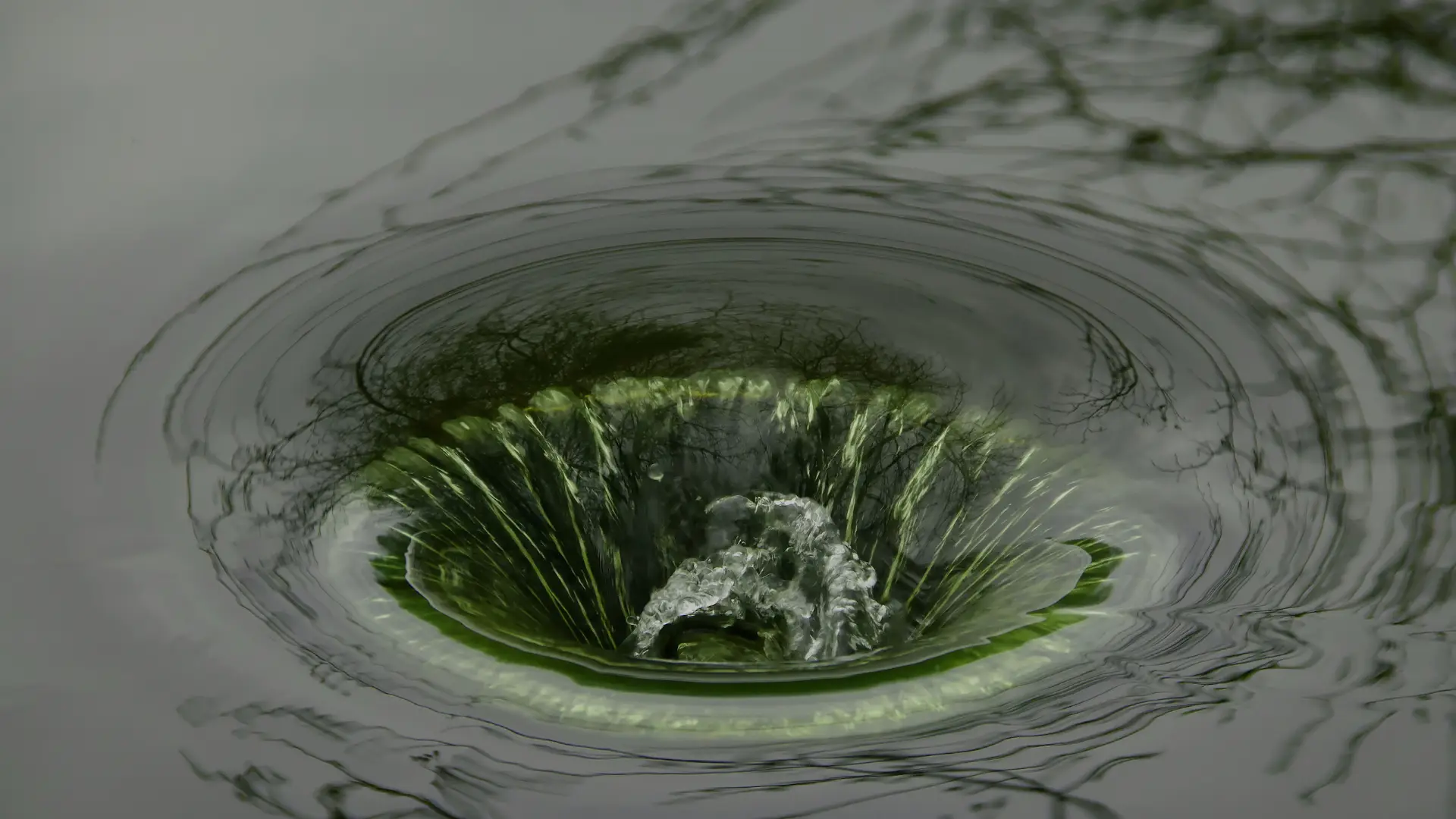

Let’s be real—this is probably not what you were hoping to read about today. Septic systems and sewer connections aren’t exactly the most thrilling home topics, but they’re definitely important. And if you’re a homeowner (or planning to be), understanding what you’ve got—and how to take care of it—can save you a whole lot of hassle down the road.
The thing is, most people don’t actually get a choice when it comes to septic vs. sewer. If your home is in an area with a public sewer system, you’re required to hook up to it (which can be pricey when the home is first built). But if sewer service isn’t available, you’ll either have an existing septic system or need to install one. Either way, your home has to deal with wastewater somehow—so let’s break it down!
At a basic level, both systems do the same thing: move wastewater from your home away from your home. But they do it in very different ways.
If your home is connected to a municipal sewer system, your wastewater flows through underground pipes to a city-run treatment facility. The city takes care of processing it, and you pay a monthly sewer bill to keep the system running.
💧 Pros:
✔ Super low-maintenance—once you’re hooked up, you don’t have to think about it.
✔ No tank to pump or drain field to maintain.
✔ The city handles major repairs (except for the lateral line that connects your home to the main sewer).
💧 Cons:
❌ You’re required to hook up if it’s available, which can be expensive upfront.
❌ Monthly sewer bills that never go away.
❌ If the city has a backup or major issue, you’re at their mercy.
If your home isn’t connected to a sewer line, it probably has an on-site septic system—a self-contained setup that collects, treats, and disperses wastewater on your property. It consists of a septic tank (where solids settle) and a drain field (where liquids are filtered into the soil).
💧 Pros:
✔ No monthly sewer bill—once it’s installed, it’s yours to maintain.
✔ Can be more environmentally friendly when properly cared for.
✔ Great for rural or suburban properties with large yards.
💧 Cons:
❌ Requires regular maintenance—pumping every 3–5 years, plus careful usage.
❌ Repairs are your responsibility and can get expensive.
❌ If it fails, it can be messy and costly to fix.
If you’re buying a home where a sewer line was recently extended, you might be required to connect. The cost of this can vary big time depending on:
Some cities even require homeowners with existing septic systems to hook up if sewer becomes available, which can be frustrating if your septic system is still working fine.
If you’re on septic, a little care goes a long way in preventing disasters:
✅ Pump it regularly – Every 3–5 years (don’t wait until you have a problem).
✅ Watch what goes down the drain – No grease, wipes (even “flushable” ones), coffee grounds, or harsh chemicals.
✅ Use water wisely – Too much water at once can overwhelm the system—spread out laundry loads and fix leaks ASAP.
✅ Protect your drain field – No parking, heavy structures, or tree planting near it.
✅ Pay attention to warning signs – Slow drains, bad smells, or soggy spots in the yard? Call a pro before it becomes a nightmare.
Even though sewer systems require less hands-on care, you can still avoid costly plumbing problems by:
✅ Preventing clogs – Wipes, grease, and food scraps can still cause major blockages.
✅ Checking your home’s sewer line – If you have older pipes, occasional inspections can help you avoid unexpected backups.
✅ Knowing your responsibilities – Most homeowners are responsible for the lateral sewer line from the house to the street—if there’s a problem, it’s on you!
Honestly? Neither is better—it’s just about what your home has. If you have a choice (which most people don’t), a sewer connection offers convenience but comes with ongoing costs. A septic system saves money long-term but needs regular maintenance.
Either way, understanding how your home handles wastewater can save you a lot of trouble. Because trust me—nobody wants to deal with a surprise plumbing disaster.
Thinking about buying a home and want to know what system it has? Need recommendations for septic inspections or sewer line repairs? I’m happy to help! Reach out anytime, and let’s keep your home (and its plumbing) in great shape. 🚽💧

Hey there! I’m Maureen, a community blogger and Real Estate Broker at American Classic Homes Real Estate in the Pacific Northwest. Here to help you find your perfect home and share tips on living your best life in the PNW. Let’s come home together to the Pacific Northwest!
Unveiling Pacific NW Bests and Real Estate advice so you never miss a thing!
(Hover over photo for Title)
(Hover over photo for Title)
For a daily dose of home inspiration, real estate insights, and community updates. Join our vibrant online community and be part of the conversation!
Stay in the loop, share your thoughts, and let’s continue building connections beyond the blog. Your journey to inspired living starts here!